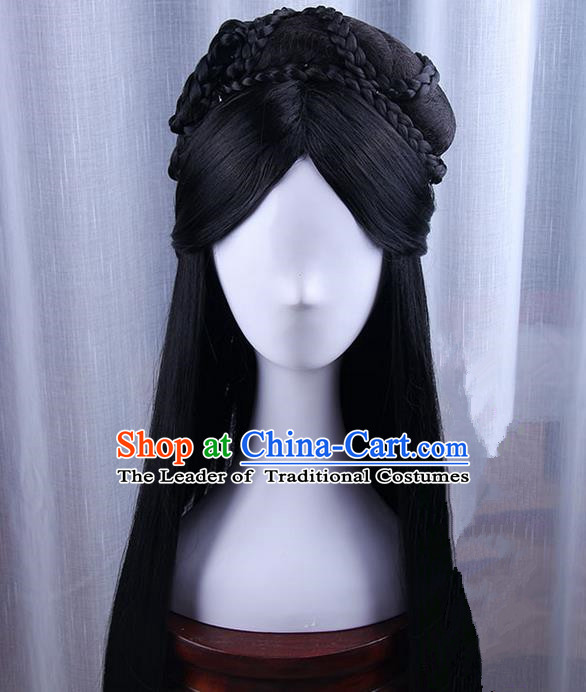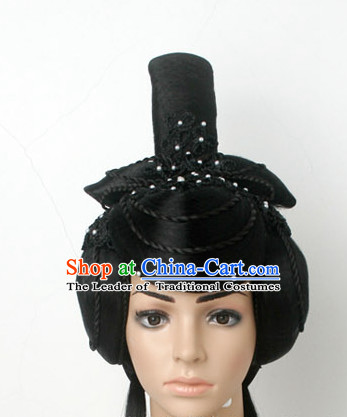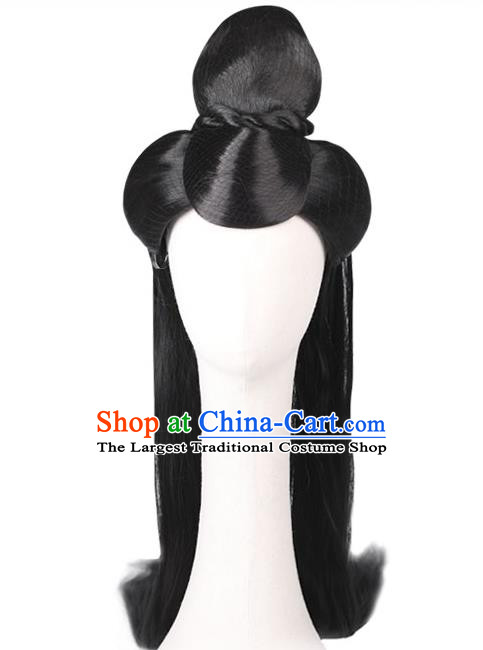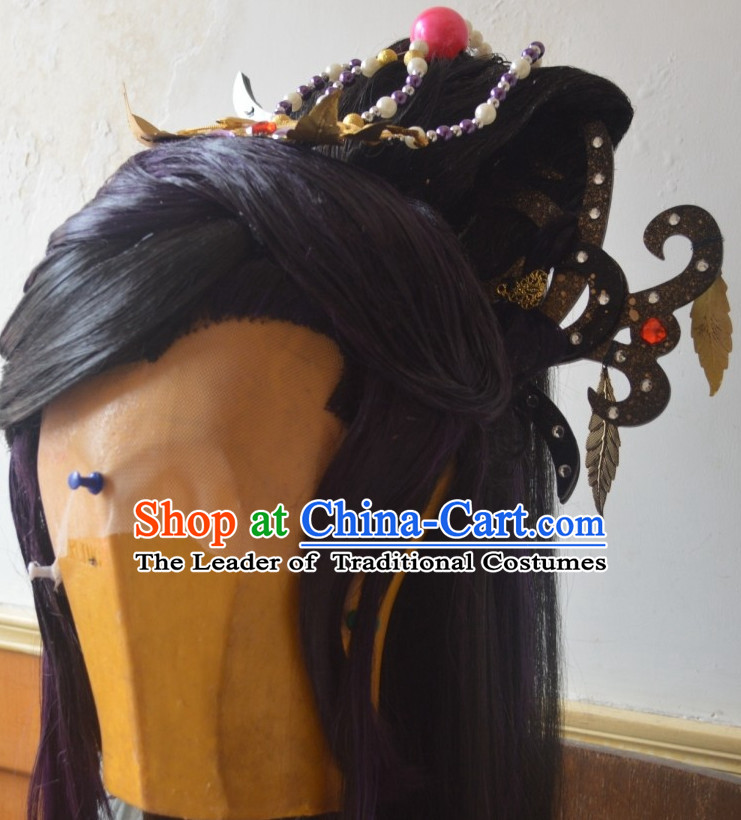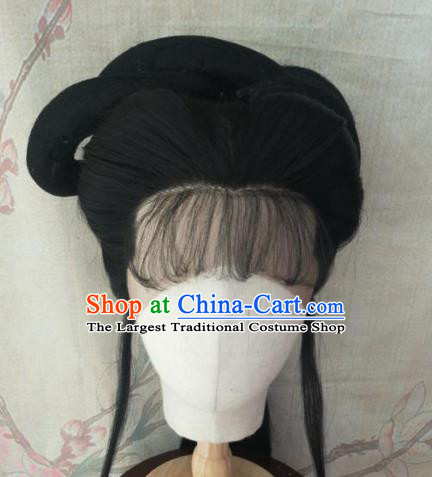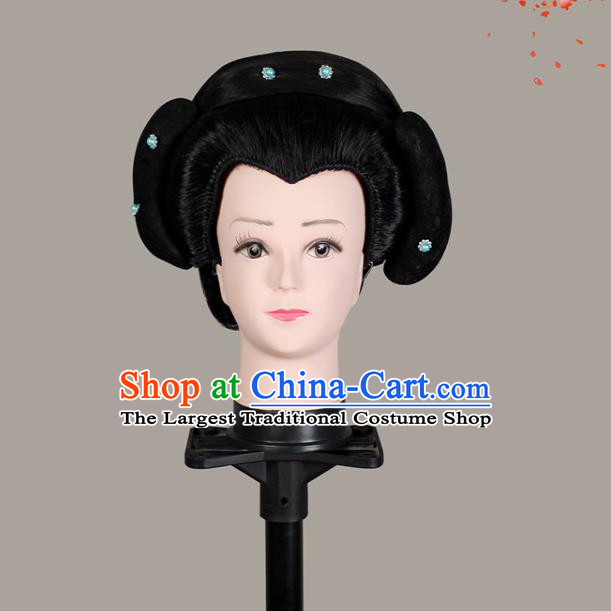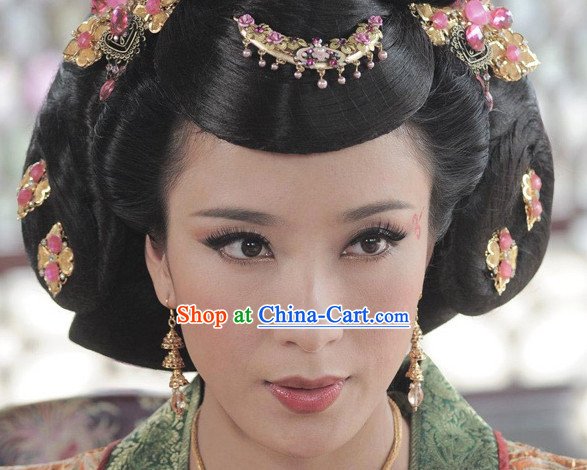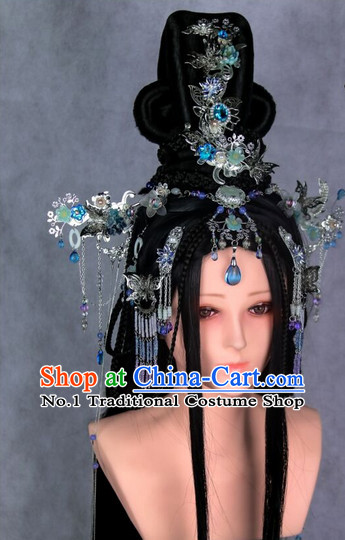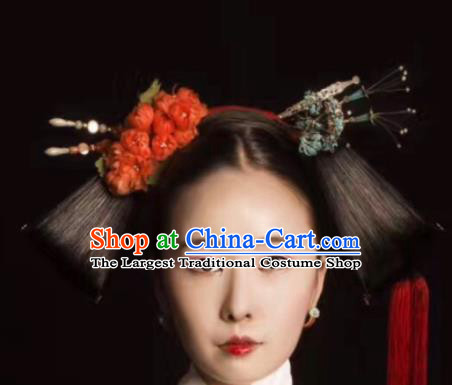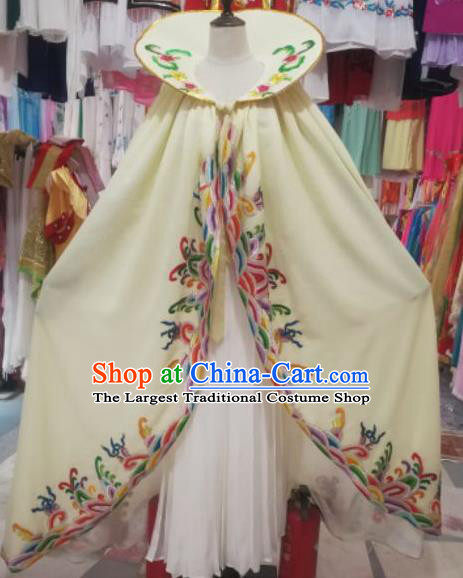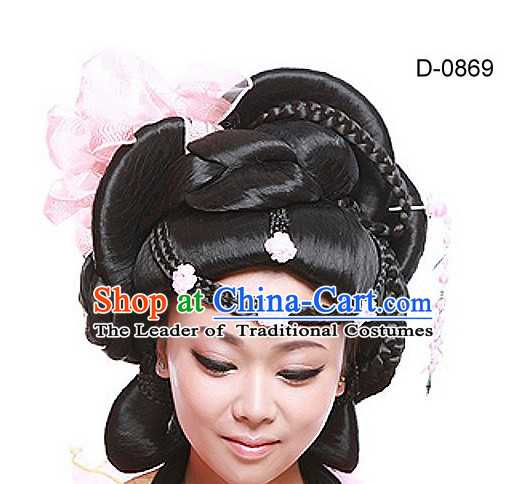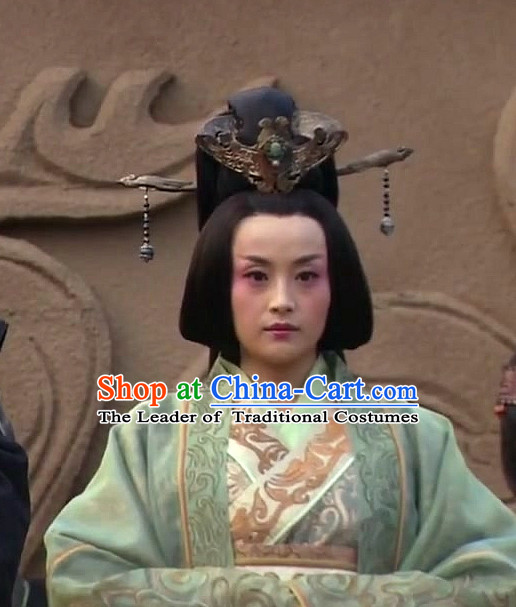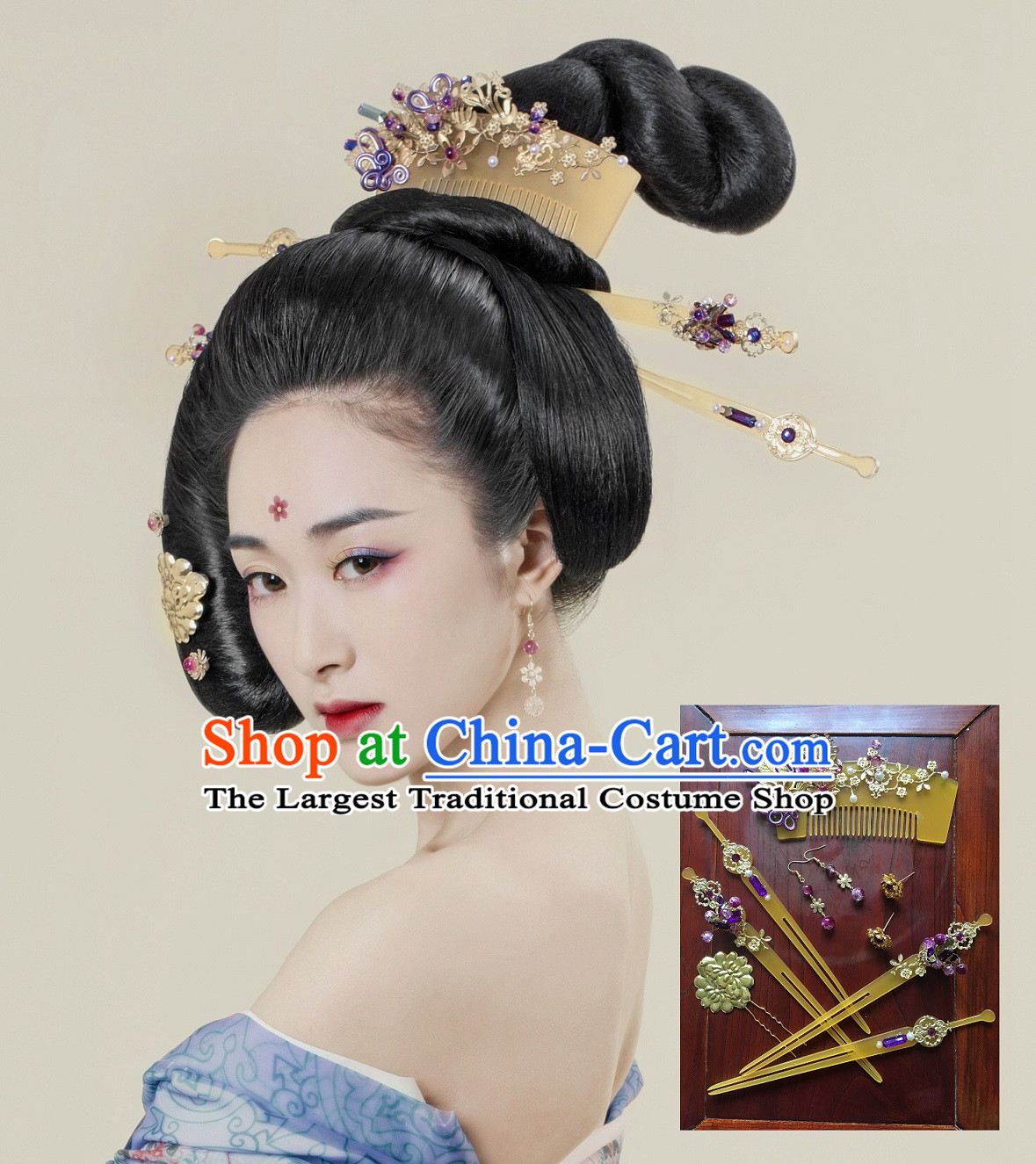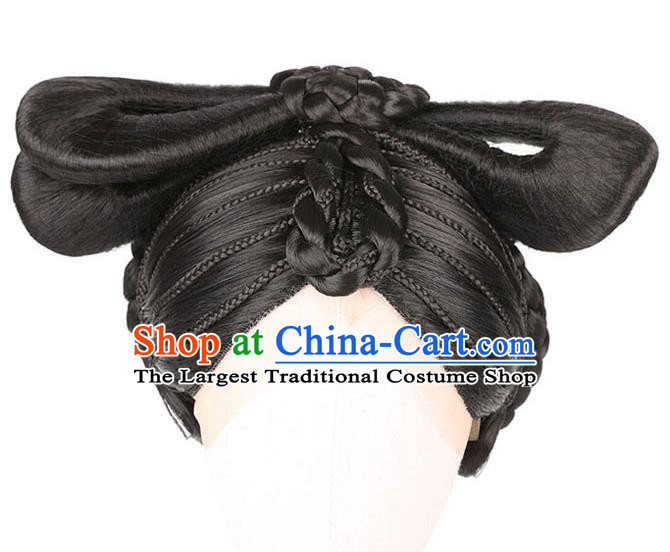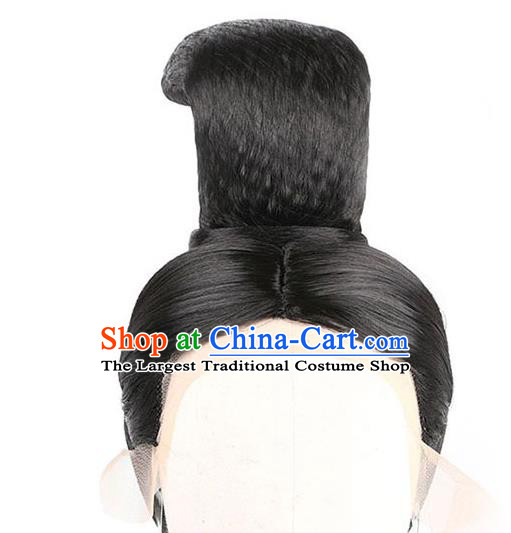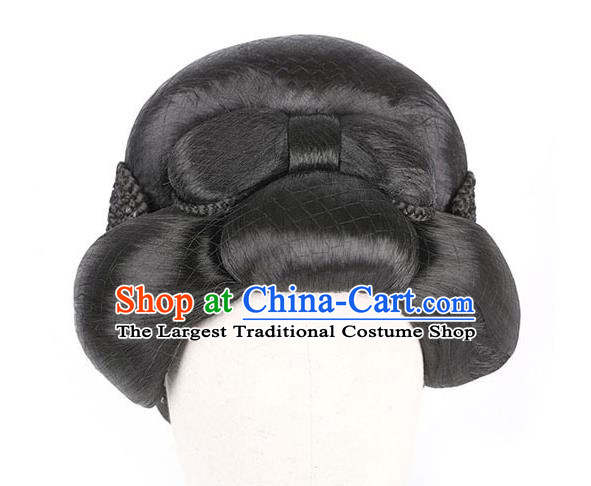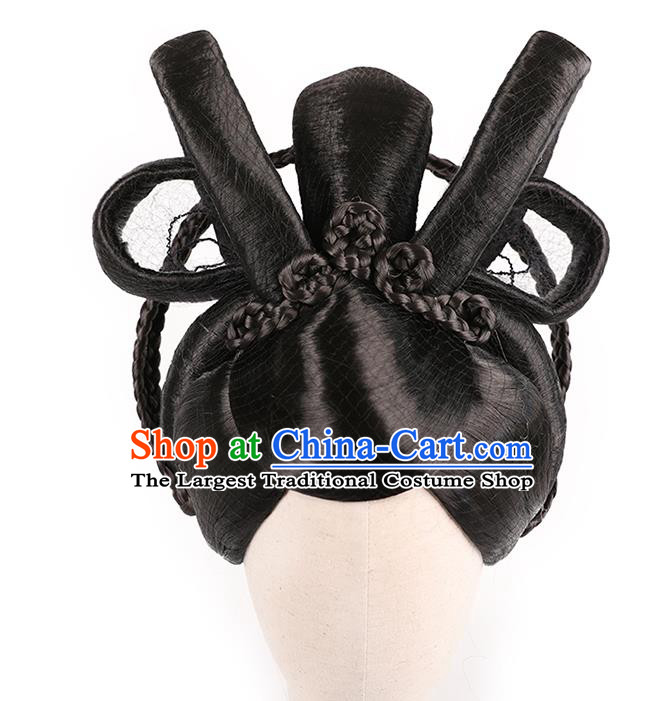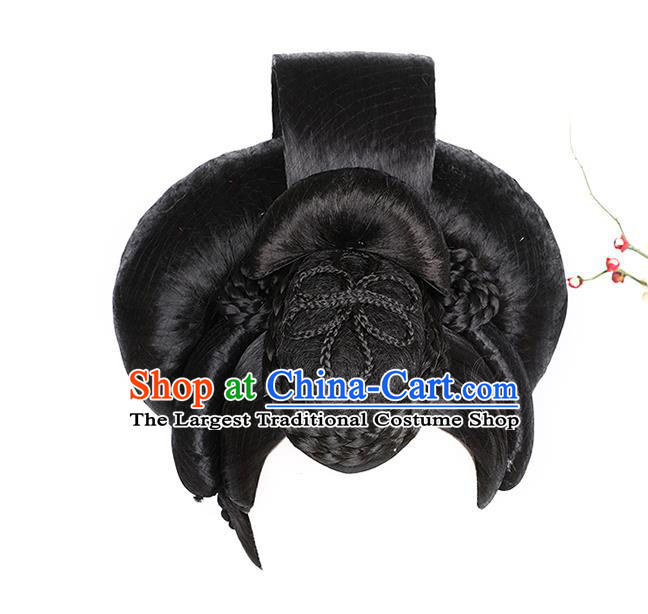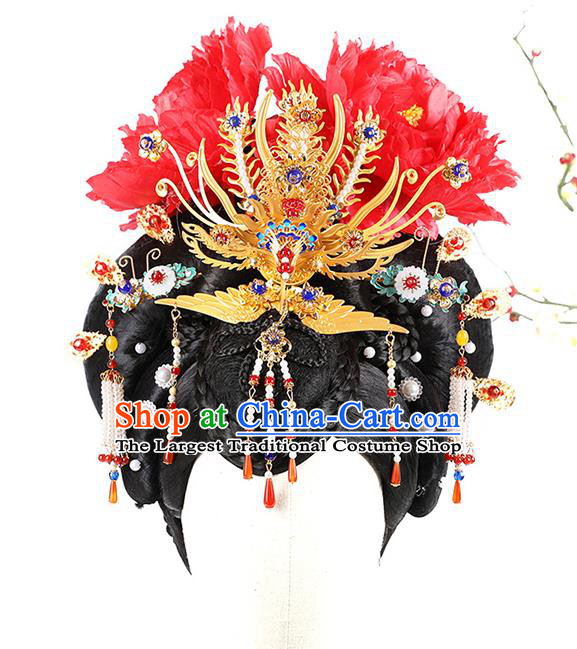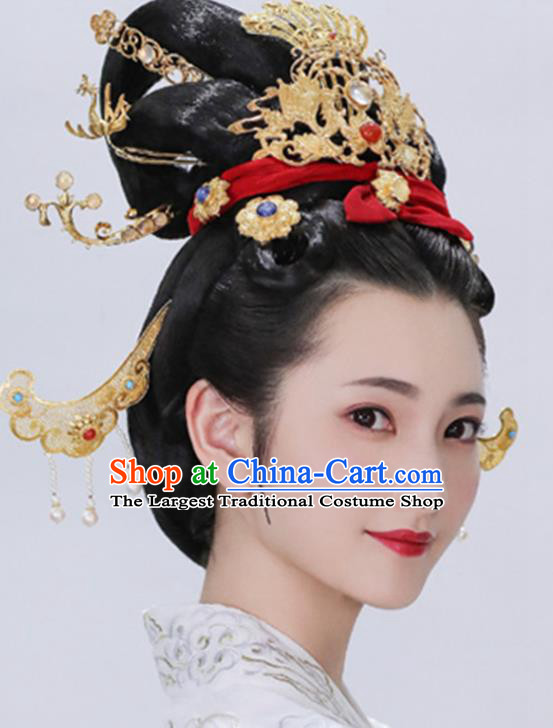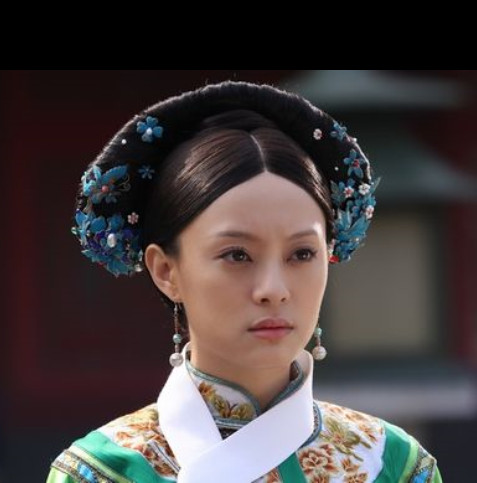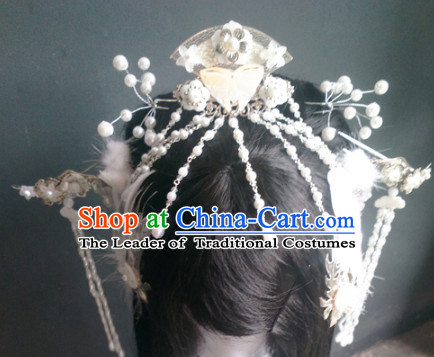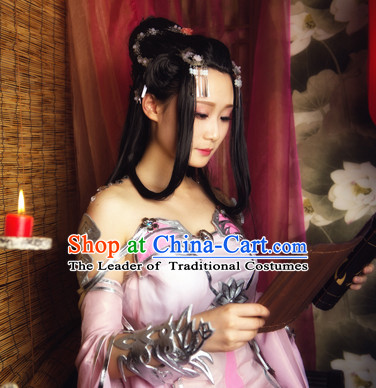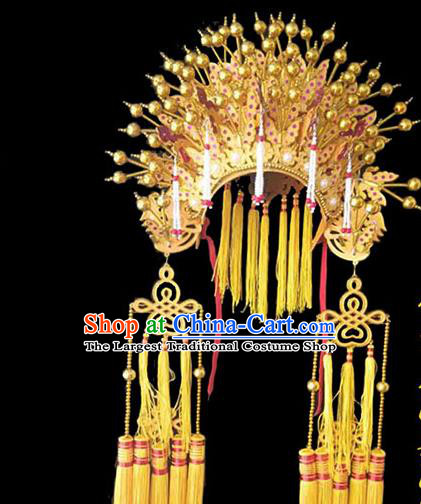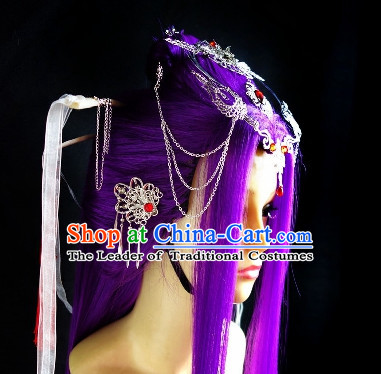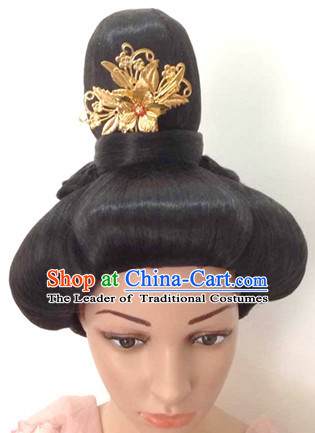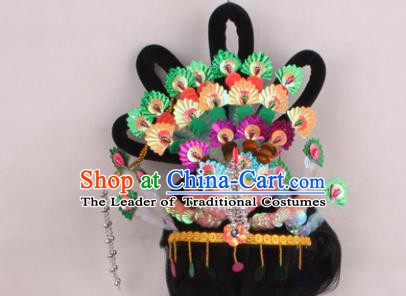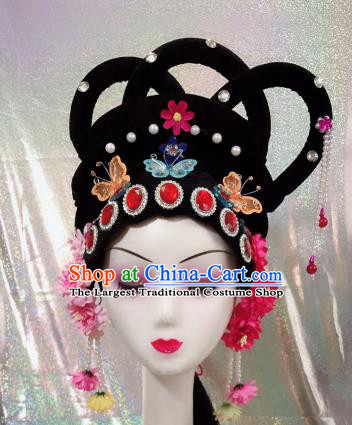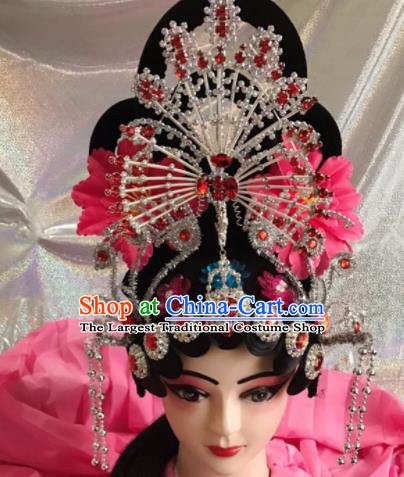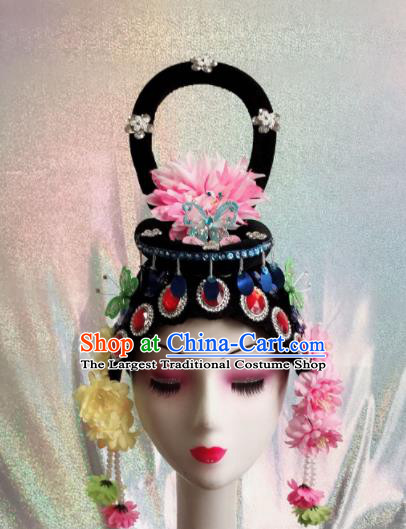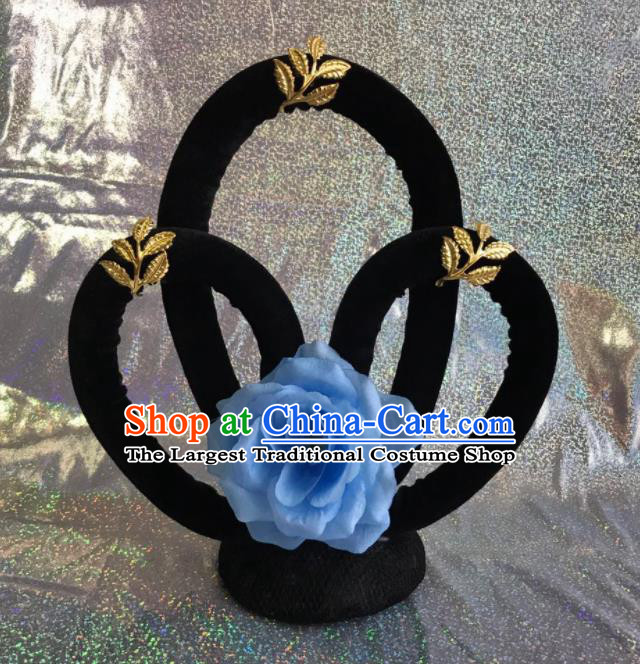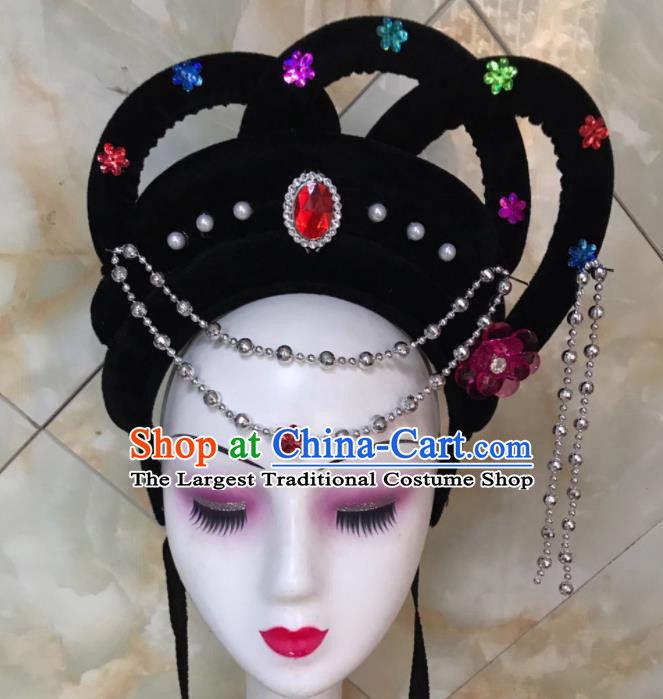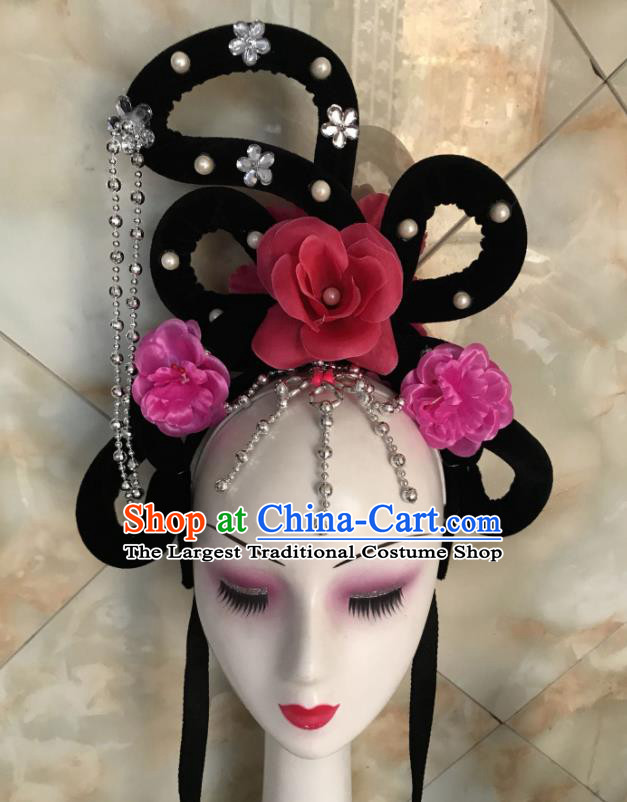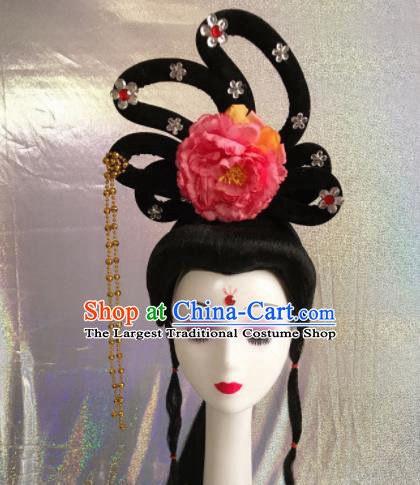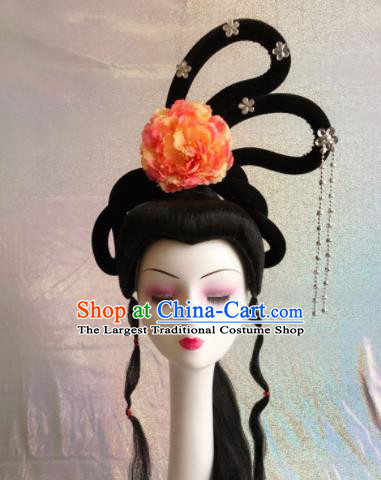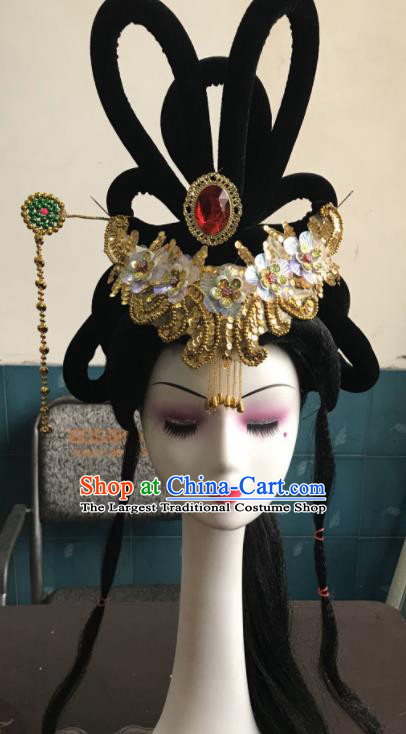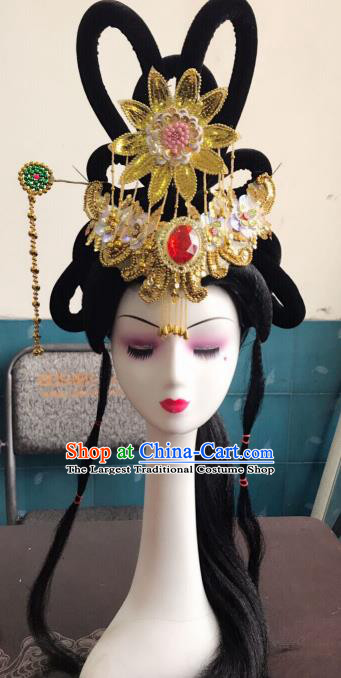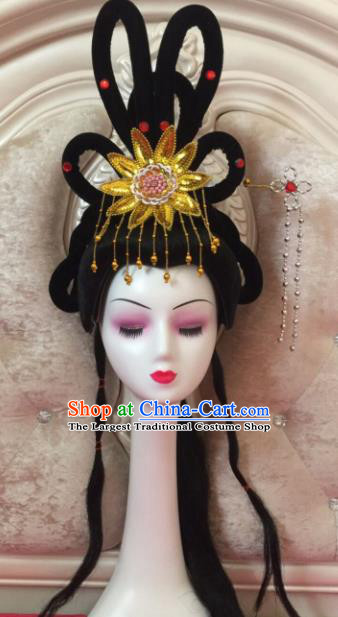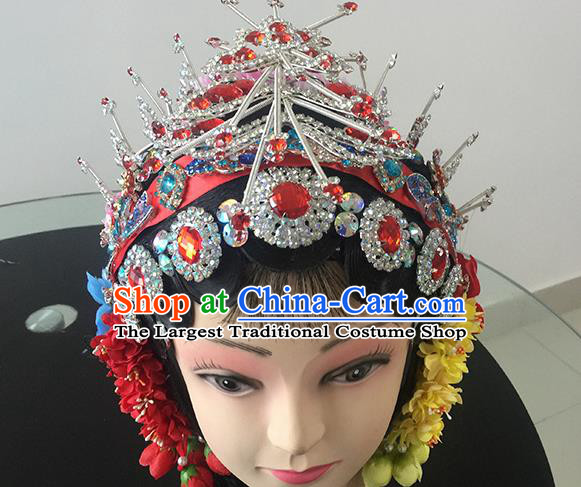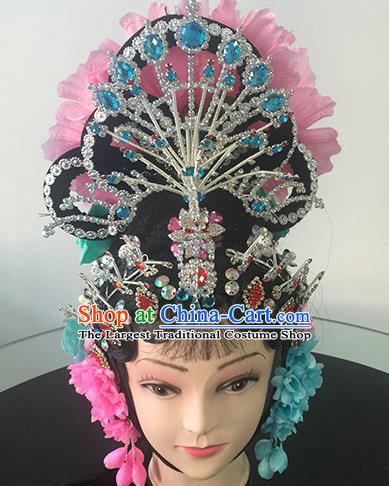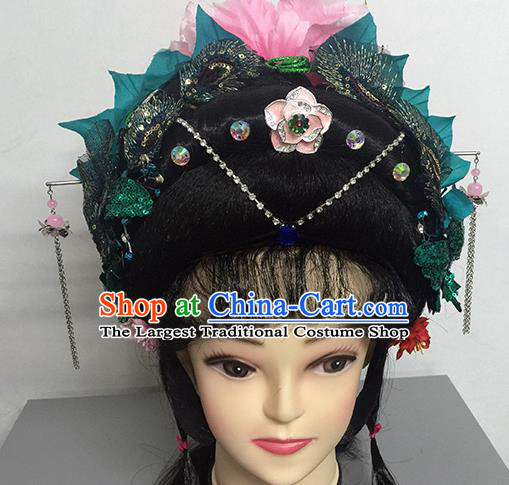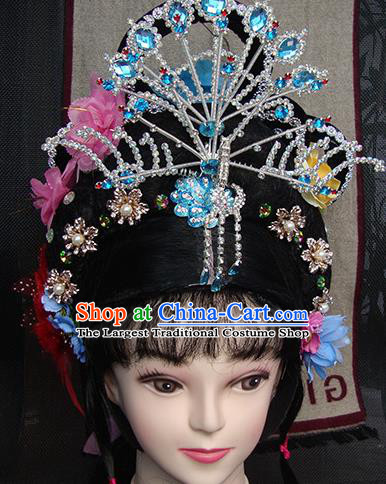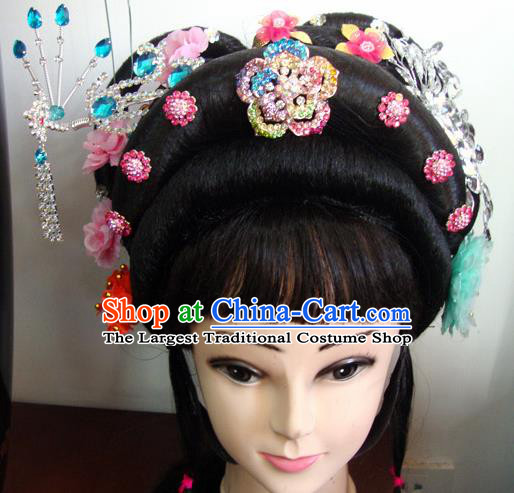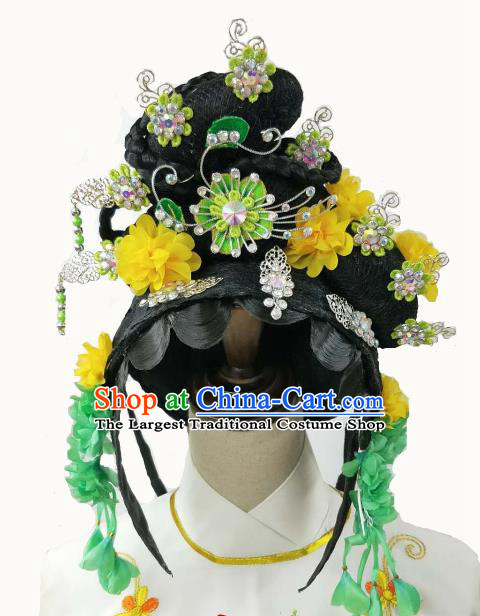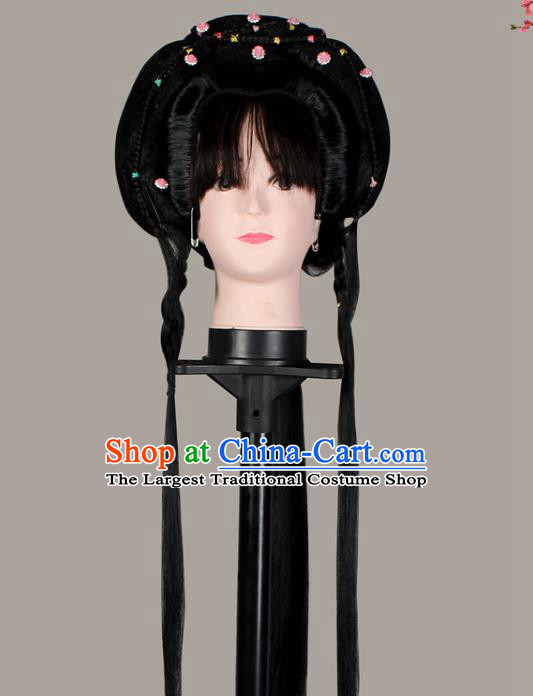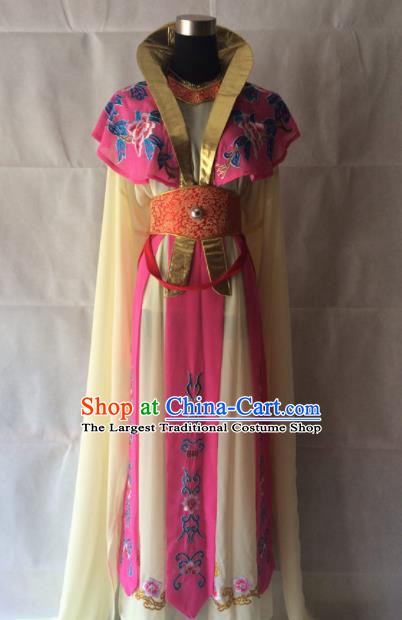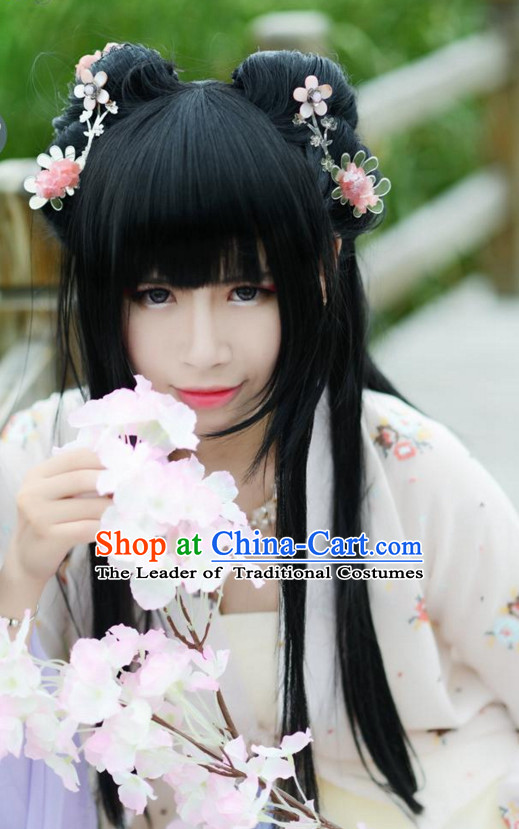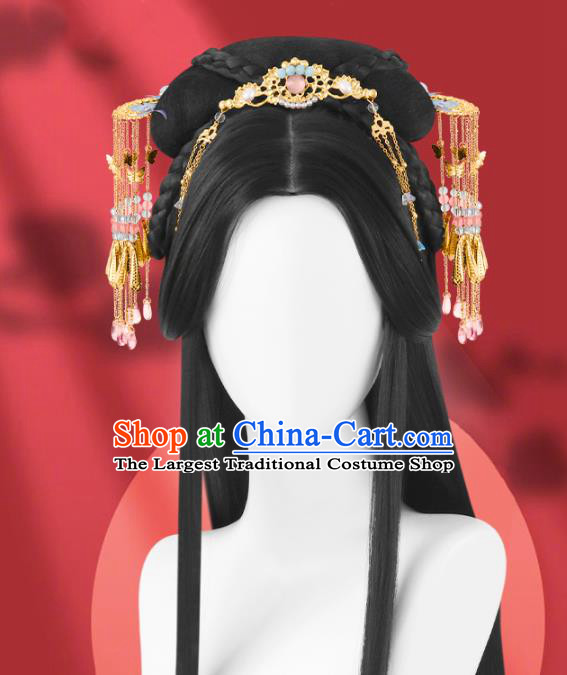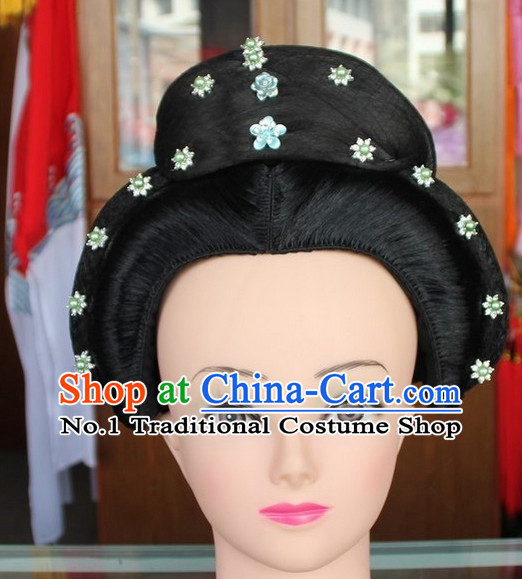
Click Related Pictures for More Audios:
Ancient Chinese Empress or Princess Opera Wigs are a unique and exquisite cultural treasure that showcase the rich history and artistic expression of traditional Chinese opera.
These wigs, also known as "Gui" in Chinese, were worn by female performers during the Qing Dynasty (1644-1912) and were an essential part of their costumes.
They were designed to represent the elegance, beauty, and power of the emperor's wives and concubines, as well as other high-ranking women in society.
The intricate design and craftsmanship of these wigs are a testament to the skill and creativity of Chinese artisans.
They often feature elaborate hairpieces, adorned with precious stones, pearls, and other decorative elements.
The colors used in these wigs were carefully chosen to complement the performer's skin tone and personality, with red representing good fortune and happiness, while blue was associated with loyalty and trustworthiness.
One of the most striking features of these wigs is their size and weight.
They can weigh up to several kilograms, making them heavy and cumbersome to wear for extended periods.
However, they were designed to be comfortable and secure on the head, with a series of straps and combs that allowed the performer to adjust the wig to their liking.
In addition to their aesthetic appeal, these wigs also had practical uses.
They served as protective coverings for the performer's hair from harsh weather conditions, such as rain or wind.
They also provided insulation against the cold during performances in winter months.
Today, ancient Chinese Empress or Princess Opera Wigs continue to captivate audiences around the world with their intricate designs, vibrant colors, and historical significance.
They serve as a reminder of the rich cultural heritage of China and the artistic achievements of its people throughout history.
